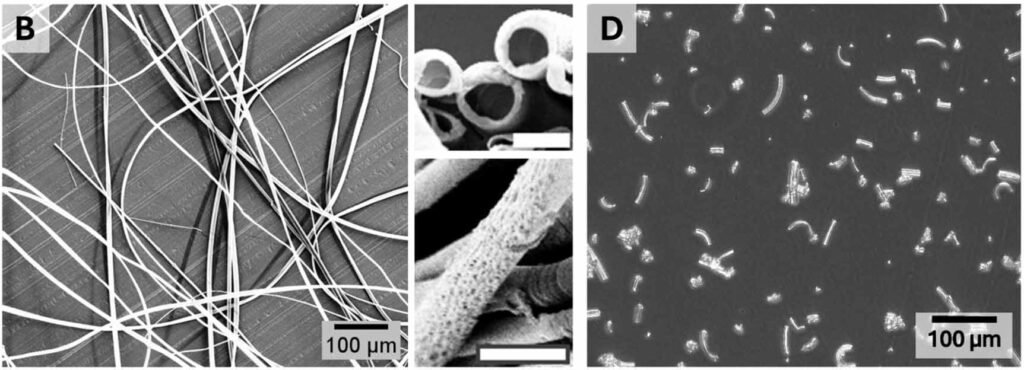A team of researchers at Binghamton University has developed a new method to improve blood flow in bioengineered tissues using carbon nanotubes. This advancement addresses a major challenge in tissue engineering: how to ensure that artificial tissues receive enough oxygen and nutrients to survive and function properly.
The researchers embedded carbon nanotubes into collagen-based scaffolds to create vascular channels that mimic natural blood vessels. These nanotubes enhance the electrical conductivity and mechanical strength of the scaffolds, helping guide the formation of capillary-like networks. In laboratory experiments, the modified scaffolds supported better growth of endothelial cells, which are essential for forming blood vessels. The nanotubes also helped regulate fluid flow, making the engineered tissues more viable for transplantation or long-term use.
One of the key goals of tissue engineering is to create realistic and functional tissue models that can be used for drug testing, wound healing, and organ repair. However, without proper vascularization, these tissues often fail to integrate with the body or deteriorate quickly. The Binghamton team’s approach offers a promising solution by improving the internal structure and flow dynamics of the scaffolds.
The use of carbon nanotubes also opens the door to integrating electronic sensing and stimulation into engineered tissues. This could allow researchers to monitor tissue health in real time or apply electrical signals to promote healing and regeneration.
Article from Binghamton University: Researchers use nanotubes to improve blood flow in bioengineered tissues
Abstract in Biomedical Materials: ngineering polystyrene microtube-embedded composite hydrogels for tunable vascular morphogenesis

